I first heard about the Cemetery for the Unknown from a friend, Ceyda, while returning from the funeral of her friend, Sibel. Sibel was a trans woman sex worker in her fifties who died abandoned by her family, a story that is common among trans women in Turkey. When blood families disavow their transgender kin, the deceased’s friends and LGBTQ community usually step in and struggle to reclaim the funeral rights and the ownership of the deceased body (see Zengin, 2019). Following Sibel’s funeral, I spent the entire day with Ceyda, a trans woman herself. She recounted another story, one where their efforts to reclaim the deceased body of another trans friend, Ayşe, had failed and the blood family did not let them organize a funeral. This other family had disavowed their trans daughter both in her life and in her death, and had requested that the state bury Ayşe in the cemetery for the anonymous, for the unknown (kimsesizler mezarlığı).Ayşe’s family denied an afterlife to her, rendered her anonymous, and cast her body out from socially recognizable scripts of mourning.
The cemetery for the unknown exposes a story of dispossession that denies the marginalized a social afterlife entrenched in a hegemonic spatial and temporal order.
The Turkish cemeteries for the unknown are graveyards where the state buries the bodies of those people who remain unidentified or unclaimed over a certain period of time. In practice, they are a burial site for social outcasts: homeless people, victims of honor crimes, disowned members of blood families, premature babies, and more recently, unaccompanied Syrian refugees. These cemeteries also contain the bodies of political detainees who were disappeared under police interrogations and state violence. Historically, the state has deemed many radical leftists and Kurdish guerrillas unidentified, denied families and communities these bodies, and buried them as anonymous corpses.
In this short piece, I focus on the cemetery for the anonymous to discuss the spatial ordering of death and afterlives at the thresholds of social and political life in Turkey. I suggest a term, transgressive death, to capture those social forms of transgression that emerge at the moment and in the aftermath of death in the margins of the social and the political. These margins may be ethnic, religious, sectarian, and economic in addition to gendered or sexed. A close focus on these transgressive deaths presents a “deathscape” (Maddrell and Sideway ,2010) of social and political margins in Turkey.
The cemetery for the unknown exposes a story of dispossession that denies the marginalized a social afterlife entrenched in a hegemonic spatial and temporal order. It marks the repeated eviction of the marginalized from social life at the moment and in the aftermath of death. At the cemetery for the anonymous, transgressive death and its afterlives translate into a mortal topography of margins.
Mortal Design of Social Belonging
As A.A. Sautkin notes, “the reintegration of the dead into the community of the living is an essential element of identification” (2016: 666). Practicing, claiming and naming a burial creates an architecture of memory and belonging that carves a place within the wider materiality of the world. “The cemetery,” Sautkin continues to argue, “is a home for ‘our’ dead, who constitute a kind of a background community, it is a ritual space of remembrance (and hence the symbolic return of the dead into a circle of the living)” (2016: 662).
Yet the cemetery tells more than that. It is a social structure through which hegemonic forms of intimate and social membership are reproduced and solidified. In Turkey, the hetero-reproductive family, in its nuclear as well as extended manifestations, inscribes itself on the landscape of the cemetery. The cemetery design and architecture is cemented in and through blood lines. The cemetery is also tightly linked to the notions of home and dwelling, and hence, to belonging in land. Blood ties shape the cemetery grounds, dividing the landscape into minor clusters of familial genealogy and property.
We can approach this deathscape as a reaffirmation of membership in normative genealogies of social and intimate life and afterlife, and their associated regimes of property. Familial genealogy and property define the currency of belonging in a particular spatial and temporal order. In order to have a social afterlife one ought to belong to a family line, a land and a property regime. The cemetery for the unknown, however, embraces those who cannot belong or who are denied belonging in such social frameworks.
Blood ties shape the cemetery grounds, dividing the landscape into minor clusters of familial genealogy and property.
The three most popular cemeteries for the anonymous are located within the graveyards of Kilyos in Istanbul, Sincan in Ankara and Doğançay in Izmir. Cemeteries in other Turkish cities have also allocated specific sites to the burials of the unknown. In August 2019, I spent some time visiting the largest one in Istanbul, the Kilyos Cemetery. Three lots are allocated to the cemetery for the anonymous in Kilyos. My first visit was to the newest lot which was located on top of the hill and has been open since 2009. The other lots have been around since 1999. The differences between the newer and the older lots were striking. The newest one is an arid, neglected and untended parcel of earth that is divided into equal sized rectangular sections bounded by concrete and covered in weed. Homogeneity is constitutive to this spatial organization. Each division has an assigned number on the side of the grave where I assume the deceased’s head would rest. The highest number I could locate was 683. Here numerical representation functions as a technical tool either to manifest anonymity or to transform an already existing identification into an anonymous sign, into “non/status” (Sharpe, 2016). Inscription of the actual name is strongly tied to an acknowledged sense of one’s place in relations of sociality and forms of social belonging. Without those bonds, the name loses its meaning as a public marker, as a locater in social topographies of life and afterlife, and the deceased is anonymized through the abstractive capacity of numbers.
In fact, later I discovered that there was an actual ID information behind most of these abstract numbers. The graveyard office keeps a ledger which has a record of entry for each number in the cemetery for the anonymous. If someday a claimant shows up for a body buried in this cemetery, they can resort to this ledger to sift through the numbers, find out about the deceased’s identity, and spot the actual grave they look for. When I expressed my curiosity as to why names themselves were not printed on the graves, the officer responded, “if there is no one to claim the body, then there is no need for a name.” The officer then made it clear that it was also a financial issue: unless there is someone to claim, there is no one to pay for a headstone. Municipalities offer free funeral and burial services but the remaining expenses are on the claimants. Headstone production specific to individuals is highly commercialized. Crafting a public marker of personal identity in deathscapes is a commodity that is available for purchase only in the private economy.
After my visit to the newest section of the cemetery for the unknown, I walked down the hill to reach the older lots. I was startled to find it so disorganized with hundreds of number plates sticking out of the ground, sparsely distributed or on top of each other. This disorganization, however, had an underlying logic of social stratification that brought certain dead bodies together. For instance, while touring in and around the lot I spotted other graves that belonged to deceased people with non-Turkish names. They did not suggest a particular place of origin or ethnicity but it was notable to see the “foreign” and the unknown buried in proximity to each other.
Another striking point was the adjacency of infant graves to the graves of the unknown. All had died before completing their first year in life. While the presence of headstones rendered these infants claimed, not abandoned, only a few had information that tied them to a family line. Their names were inscribed outside blood kinship networks, such as “Baby Ahmet”, “Baby Nermin.” One headstone was particularly striking with the inscription of “Baby Türk (Turkish Baby),” making the death of this infant sound almost like a nationalist sacrifice. Anonymity of adult death was accompanied by anononymity of infant death, assigning both a non-place in the hierarchies of social membership and belonging in Turkey.
Boundaries of religious belonging in Turkey also play a central role in the spatial organization of burials. In 2013, when an Istanbulite Christian family had to bury one of their members in the non-Muslim section of the Kilyos Cemetery, they found this section highly neglected. Later the abbot of the Protestant Church complained that cows were grazing and defecating in the lot, noting: “We did not feel like second-class citizens, we felt like animal faeces. We buried our brother among animal faeces. He did not deserve this! We work and pay our taxes for this country; we should have equal rights. If we are treated this way, then it means we have no value in the eyes of the state.” ( as cited in the Agos). In response to this complaint, the head of the Directorate of the Cemeteries in Istanbul made the following comment: “A large part in Kilyos has been allocated for Turkish citizens of Christian sects, nonbelievers, and unclaimed people. People also bury amputated organs in this section. We will correct the relevant deficiencies.” (as cited in the Agos).
The nation-state, as the sovereign, prevents the bodies of the insurgent dead from a socially meaningful afterlife.
Judith Butler (2004) has long drawn our attention to those unequal and differential economies of mourning which proclaim some deaths as grievable while denying bereavement to others. One can describe the cemetery for the anonymous as one of the chief architectures in this economy of mourning, which can also turn into a weapon at the hands of nation-states. Hişyar Özsoy (2010) notes that biological killing does not satisfy the nation-state when it comes to people who rebel against its demands. The nation-state, as the sovereign, prevents the bodies of the insurgent dead from a socially meaningful afterlife.
In the 1990s, the Turkish state adopted a widespread war strategy of disappearing Kurdish people, and later dumping the dead guerilla bodies in garbage processing sites and landfills, preventing the community from practicing their burial. Since 2015, with the heightened conflict between the Kurdish guerilla forces and the Turkish state and the intensified siege conditions in several Kurdish towns, a similar tactic of warfare has resurfaced. Amongst other measures that target the dead bodies of Kurdish guerrillas, the state has buried some at the cemetery for the anonymous. Veysi Karahanlı, a Kurdish guerilla who died during a clash with the Turkish army in 2011, is one of them. His family struggled through the Turkish bureaucracy for almost three months to have the Forensic Department run a DNA test and produce a report to invalidate his status as an anonymous person. Nine months after his death, Karahanlı’s family members could eventually prove their blood ties to his body, received his bones, and transferred them to their hometown.
The cemeteries for the anonymous also attracted attention following the coup attempt against Erdoğan’s government on July 15, 2016. In the aftermath, the Directorate of Religious Affairs released a statement denying funeral rights and burial practices to sixteen soldiers who we were part of the coup. Ten of these dead soldiers were not claimed by anyone, and their bodies remained in the morgue until they were to be transported to the cemetery for the unknown. The mayor of Istanbul, however, had an entirely new cemetery, Hainler Mezarlığı—the Cemetery for Traitors— constructed for these soldiers (see Balkan 2019) to prevent them from receiving prayers by people visiting the cemetery for the unknown. He publicly stated that people should curse and humiliate the graves of coup-affiliated soldiers when visiting this new cemetery. Eventually, the Directorate of Religious Affairs intervened and the municipality of Istanbul had to remove a sign above the newly constructed cemetery proclaiming it “The Cemetery for the Traitors”. However, the site continues to mark a mortal location for treason in popular imagination.
Rather than recognizing their dead bodies as an index of a person, they are reduced to an anonymous, material object in an attempt to destroy the possibilities of a socially meaningful afterlife.
Although Kurdish guerillas and Turkish soldiers are completely different subjects in the political landscape of Turkey, these necropolitical projects render them as the enemy within, “the terrorist” and ascribe similar meanings to their bodies, devaluing and anonymizing them through the lens of treason. Rather than recognizing their dead bodies as an index of a person, they are reduced to an anonymous, material object in an attempt to destroy the possibilities of a socially meaningful afterlife. Calling “the terrorist” by their name, underlining their specificity and representing them as real persons, would upset the carefully crafted national imagination
Conclusion
The cemetery for the unknown is a material manifestation of deathscapes and afterlives of the social and political margins in Turkey. It is an architecture of transgressive death. The cemetery’s structure and design delineate the ethnic, sexual, gendered and economic limits of belonging in regimes of family, kinship, religion, citizenship, and in practices of mourning and grief.
We find ourselves in a zone of transgressive death where trans people, victims of honor crimes, premature infants, Kurdish guerillas, unclaimed refugees, and homeless people are buried together. In this mortal topography, transgressive death finds its place through the work of anonymity. The bookkeeper of death registers their bodies, assigns numbers, and inscribes them as no one for the public eye.
But we know that death is not an ending; it is a beginning for multiple afterlives. Can these cemeteries actually contain and completely erase multiple afterlives for the anonymized? Or does the transgressiveness of these deaths also carry a potential that is capable of breaching and haunting the normative frames of death and afterlives? These questions take us beyond the confines of the cemetery landscape.
Bibliography:
Balkan, Osman. 2019. “The Cemetery of Traitors.” In Turkey’s Necropolitical Laboratory: Democracy, Violence and Resistance, Ed. Banu Bargu, 232–52. Edinburgh: Edinburgh University Press.
Butler, Judith. 2004. Precarious Life: The Powers of Mourning and Violence. London ; New York: Verso.
Maddrell, Avril, and James J. Sideway. 2010. Deathscapes: Spaces for Death, Dying, Mourning and Remembrance. Farnham: Ashgate.
Özsoy, Hişyar. 2010. “Between Gift and Taboo: Death and the Negotiation of National Identity and Sovereignty in the Kurdish Conflict in Turkey.” Austin: University of Texas at Austin.
Sautkin, A.A. 2016. “Cemetery Locus as a Mechanism of Socio-Cultural Identity.” Social Identity 22 (6): 661–77.
Sharpe, Christina. 2016. In the Wake: On Blackness and Being. Durham and London: Duke University Press.
Zengin, Aslı. 2019. “The Afterlife of Gender: Sovereignty, Intimacy and Muslim Funerals of Transgender People in Turkey.” Cultural Anthropology 34 (1): 78–102.
All images by author, Aslı Zengin




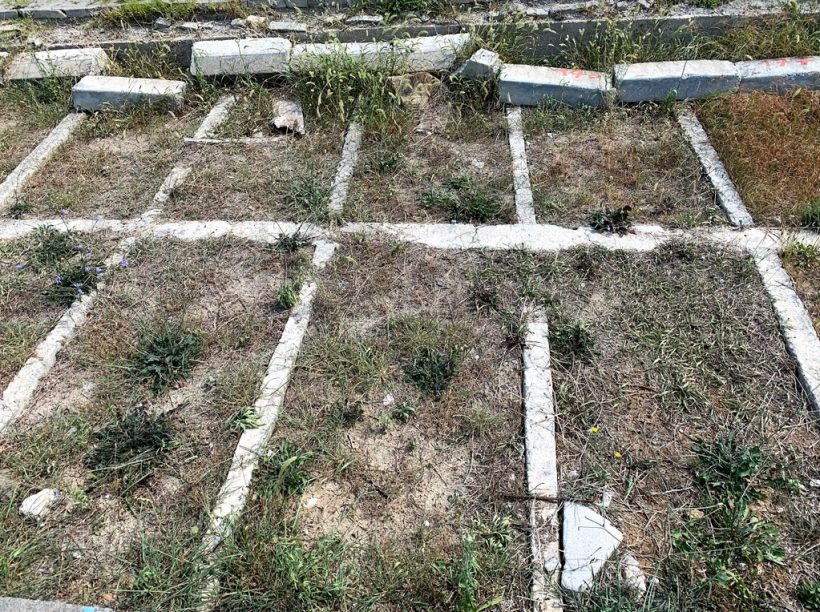
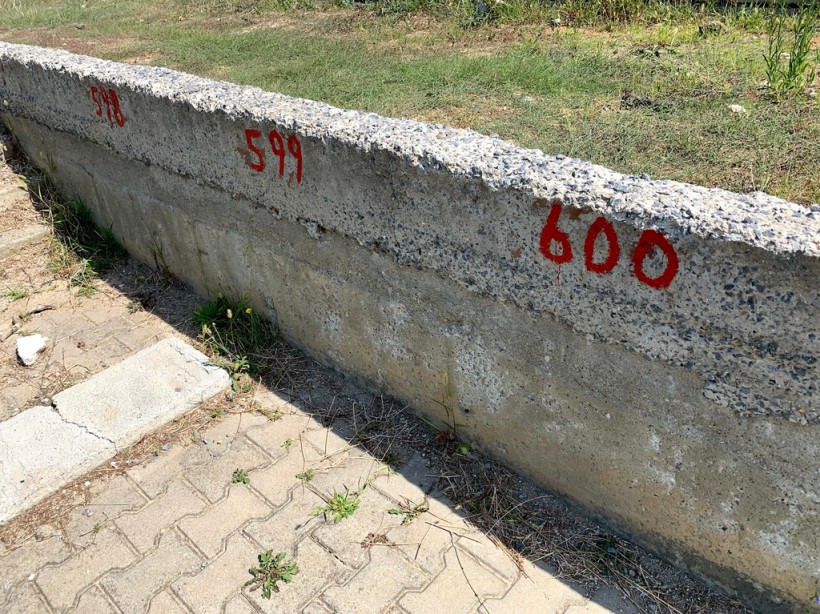
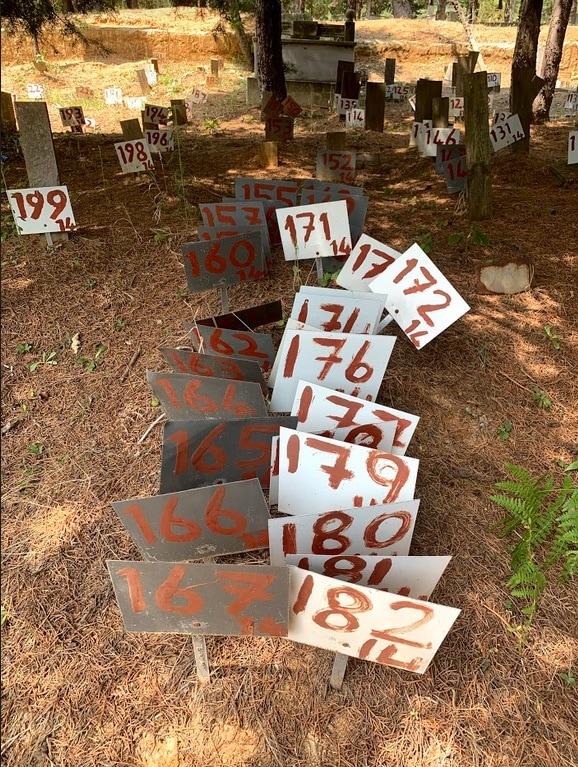
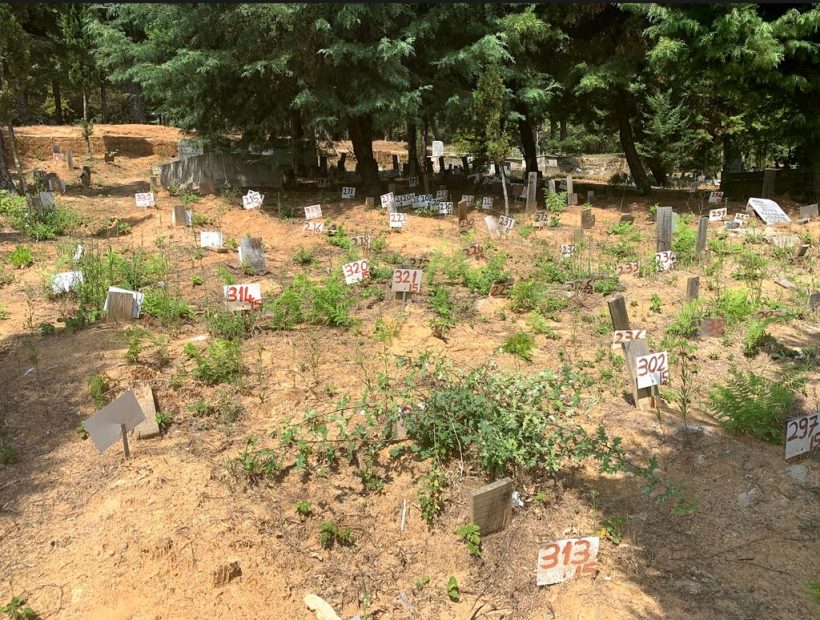
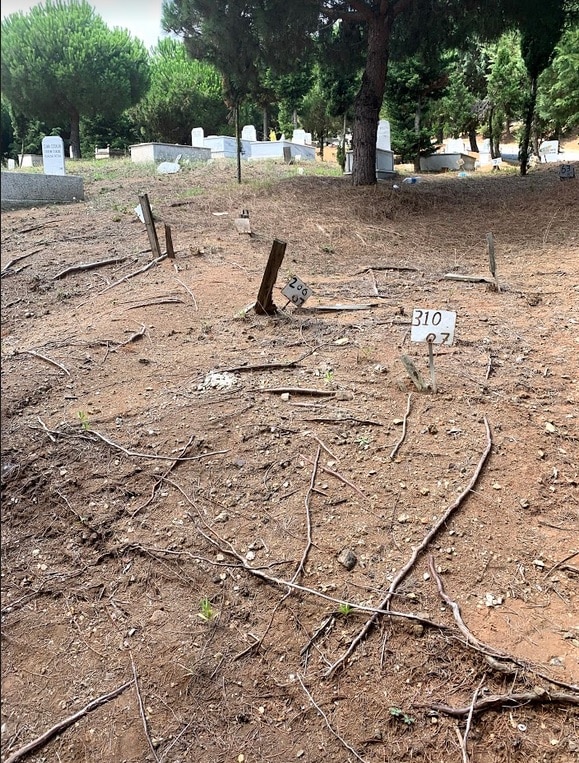
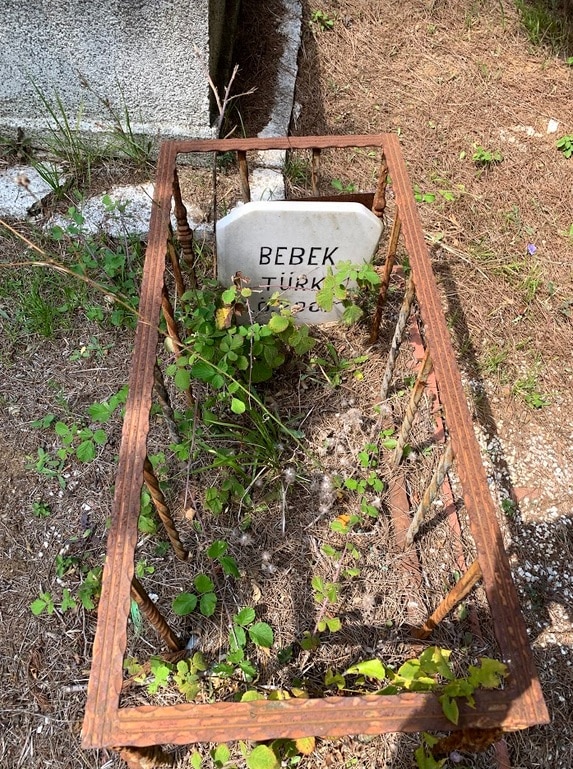
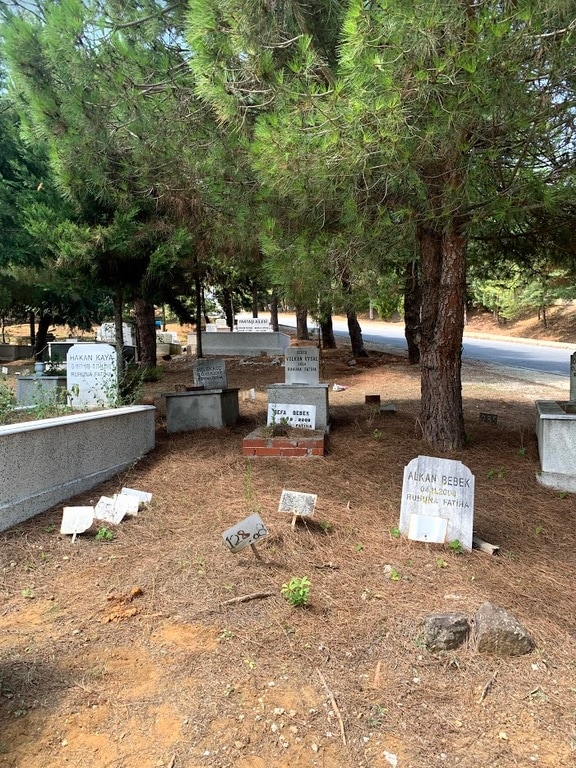






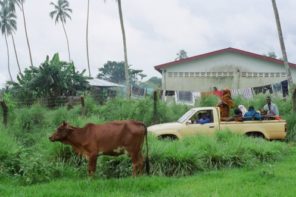
1 Comment